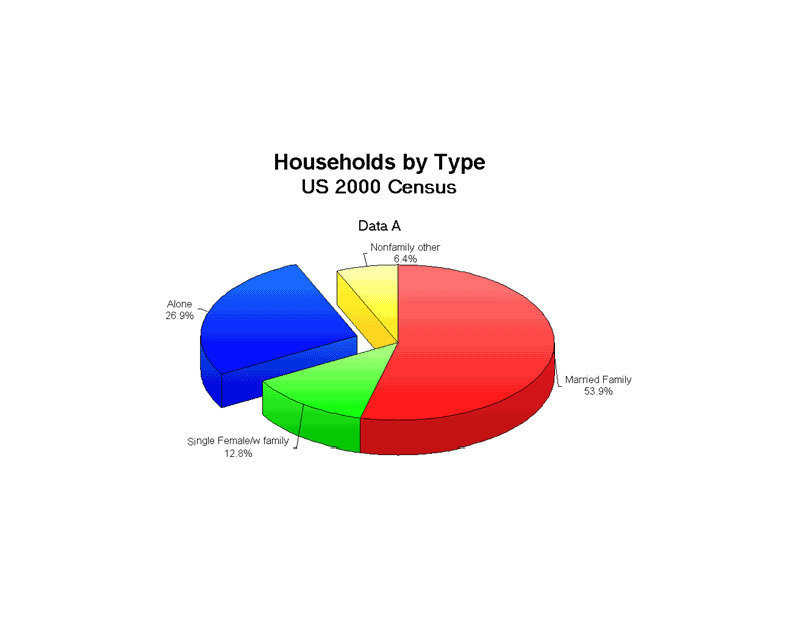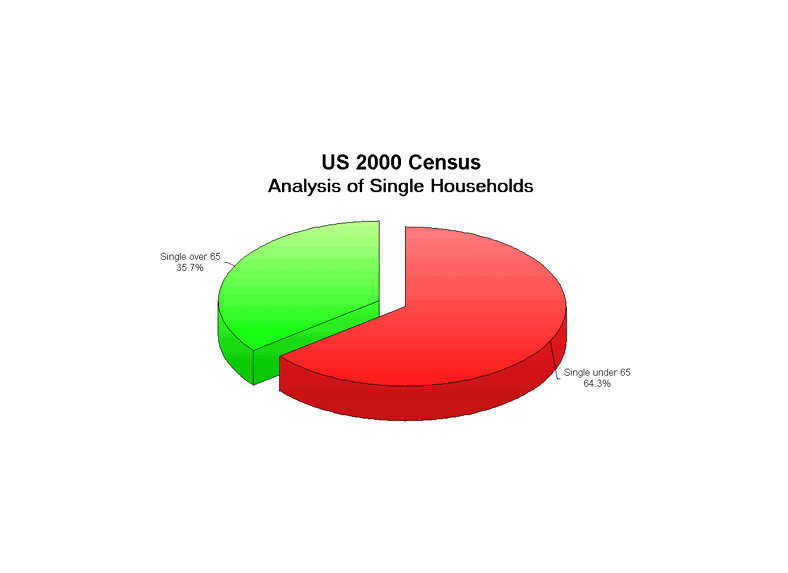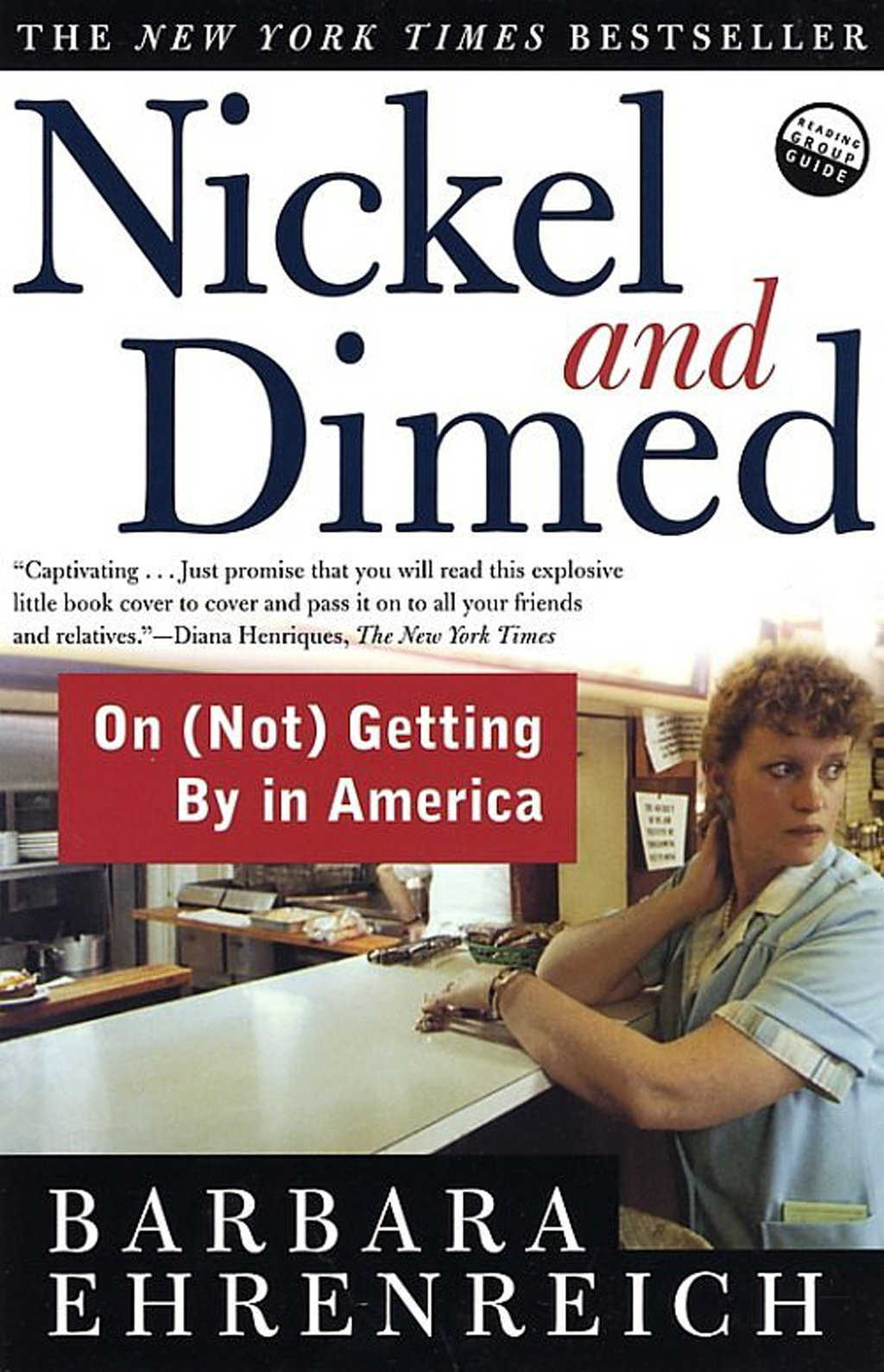A review of the book Nickel and Dimed by Barbara Ehrenreich
Recently, I listened to a talk-show host interview Barbara Ehrenreich about her experiences gathering material for her book Nickel and Dimed: on (not) getting by in America. In the book, Ehrenreich, author of many best-sellers on problems within our society, details what I have been thinking and saying: In America, housing is by far the Number 1 problem for our low-income wage earners.
Ehrenreich reaches that conclusion by actually becoming a minimum-wage earner. Beginning in spring 1998 and ending in summer 2000, Ehrenreich moves from Florida to Maine to Minnesota, working as a waitress, hotel maid, cleaning woman, nursing home aide and Wal-Mart sales clerk for $6 to $7 an hour.
She also learns that even the most elementary jobs require both physical and mental skills, and that survival for the minimum-wage worker means maintaining at least two, sometimes three jobs.
In her travels, Ehrenreich meets other low-income workers, many of whom are single mothers with no support from the biological fathers of their children and no medical insurance for themselves or their youngsters. Her book relates the personal stories of each of these struggling individuals.
After reading Ehrenreich’s excellent book, I once again concluded that we need housing that low-income, low-wage workers can afford. Twenty-six percent of America’s workforce falls into that category and they are all struggling.
As far as I can see, there is nothing any individual can do about the situation without government help for most of these citizens.
But there are hundreds we can help with our old fashioned capitalism. We can build the Io-20 in clusters as residence inns. The experts tell us that not more than 30% of an individual’s gross income should go for housing, including utilities. That means that the worker earning $8.32/hour cannot pay more than $100 to $125 per week for his or her shelter.
We are finding that an Io-20 even when rented at an affordable, fair price will turn a profit for the owner. Conclusion: It is possible to provide drastically needed housing and make money at the same time. That’s a win-win!
I’m often asked: Why a residence inn and not an apartment? The answer is complicated, so please bear with the discussion.
Apartments fall under owner-landlord/renter-tenant rules. Although the rules have good reasons behind them, they have multiplied and grown more complex over the years. Many came about because landlords were taking advantage of renters; others developed to protect the landlord’s investment. For example, in most areas, apartment owners can demand first and last month’s rent plus a security fee equal to one month’s rent to be paid before the tenant can move in. That’s an impossible sum for most minimum-wage earners.
On the other hand, residence inns fall under motel, hotel or inn rules. Now the innkeeper and guest have a different relationship. The guest usually pays for the “room” one day or one week at a time.
If there is a problem, the guest is asked to leave. With this kind of arrangement, the innkeeper can forgo securities demanded by a landlord. The advantage to the guest is decent shelter s/he can afford!
Inns work well for one or two people. They are not the answer for families. But one-third of American households are singles. A second 30% are 2 people renting, so nearly two-thirds of all renters are one or two people. A huge percentage of these need and will take advantage of the benefits of residence inns.
Monolithic Dome cottages, arranged properly, make wonderful residence inns — like the old-time cabin camps. Our society needs Io-20 cottages and lots of them.
We have now added the Monolithic Cabin to our list of solutions. It can be shipped to and set up almost anywhere. Click here for more information.

Minimum-wage singles — In her travels, Ehrenreich met many low-income workers needing affordable housing, including single mothers with no support from the biological fathers of their children.

Elderly singles — Mature workers who have lost their jobs, retired or are nearing retirement are among those in need of affordable, clean, safe living accommodations.
